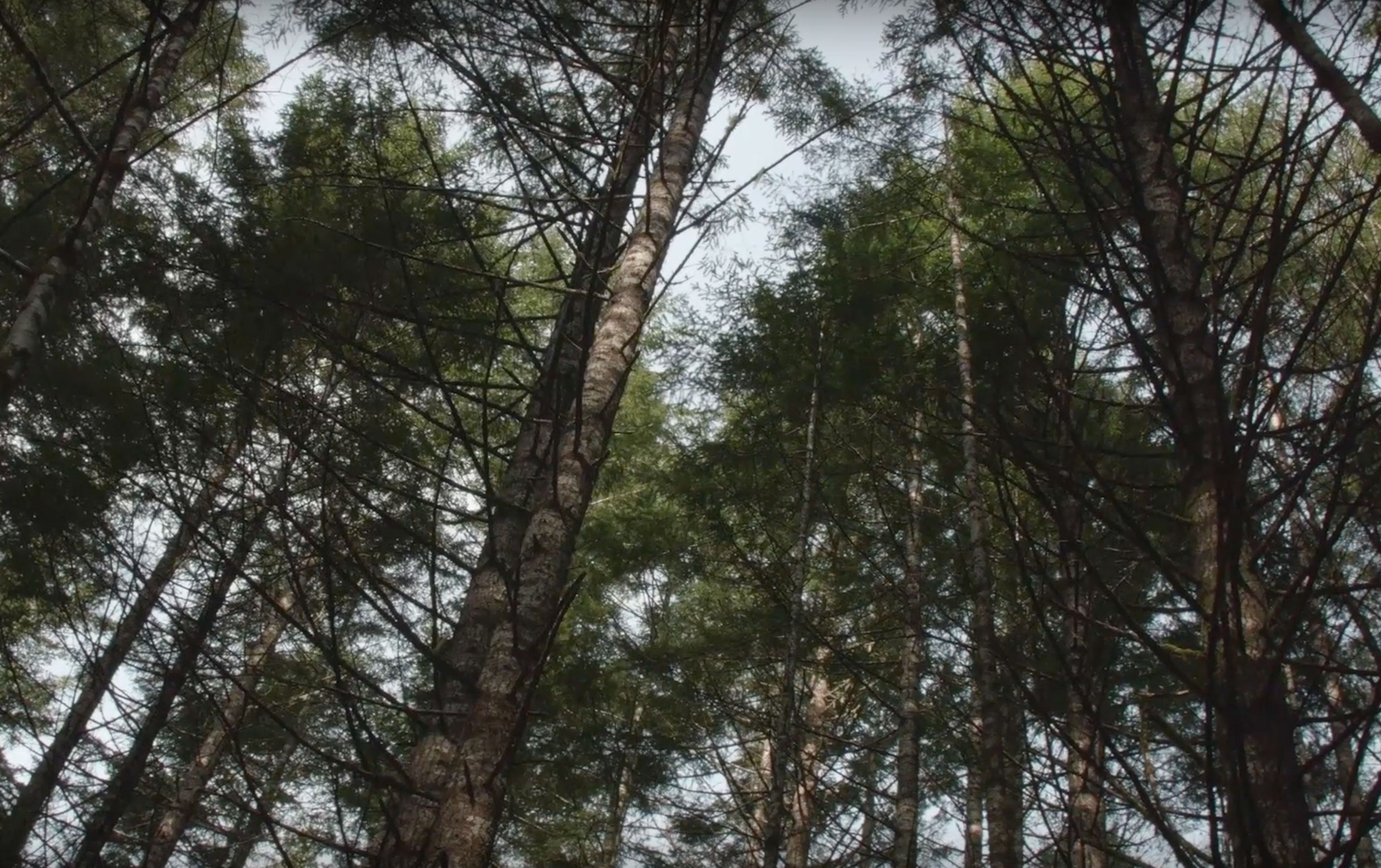
EVERY LAKE HAS A STORY, and the story of Indonesia’s Lake Toba is an explosive one.
A deep blue ribbon stretching 62 miles across the island of Sumatra, Lake Toba glistens in one of the world’s largest “calderas” — giant craters left in the ground after a massive volcanic eruption geologists call a “supereruption.” That’s what created the Toba caldera about 74,000 years ago, a time when woolly mammoths and saber-toothed cats roamed the Earth. (In contrast, the eruption of Mount Mazama, which formed Oregon’s famous caldera lake, Crater Lake, happened just 7,700 years ago.)
Over time, precipitation filled the hole to form today’s Lake Toba (also known as Danau Toba), big enough to be seen from space. But deep beneath the lake’s placid surface, “remnant lava” churns. Gradually, it has pushed upward along lines of weakness in the ground. This is Toba’s “resurgence,” the upward pressure on the caldera floor to form a new dome. About 30,000 years ago, this resurgent dome broke through the surface of the lake, creating an island in the middle where some 100,000 people now live.
Questions about this dome-building process are driving research at Oregon State University. Geologists are investigating when and how resurgence happens — knowledge that is crucial to understanding future volcanic activity, not only at Toba but also at other supervolcano sites around the world, including the one at Yellowstone National Park.
“It’s important to understand these processes that are occurring today to figure out what will happen in the future,” notes OSU graduate student Adonara Mucek.

The Waltz After the Tango
Resurgence is akin to the “after-party” that follows the big dance, jokes OSU geology professor Shan de Silva. To carry on the analogy, you could call it the waltz after the tango. It’s the slow, hidden process beneath the calm surface of the lake that began after the cataclysm that spewed ash across South Asia and left deposits nearly 2,000 feet thick near the main vent. One controversial theory suggests that the ancient, caldera-creating eruption shrouded the Earth in ash and sulfur dioxide, creating a “volcanic winter” that almost wiped out the human species.
“When the roof of a caldera collapses into the magma chamber to form the caldera itself, the fluid magma moves out of the way,” de Silva explains. “But eventually, once the forces relax, the magma wants to move back to where it was and pushes the floor up to produce resurgence.”
De Silva compares this process to what happens when a drop of water splashes into a pool. If you watch in slow motion, you’ll see a depression form where the drop hits; but the water then flows back inward, filling in the depression and creating a peak. With a water droplet, this process happens instantaneously. But because rocks and magma are many times more viscous than water, it can take about 100,000 years for calderas to make this readjustment.
The Indonesian government recently designated Lake Toba as a geopark in anticipation of a UNESCO designation, adding extra incentive to Mucek’s search for answers. She and her colleagues are working with the Indonesian government on educational outreach to people living near the lake. Because she was raised in Singapore and is fluent in Indonesian, Mucek navigates the cultural side of her research with relative ease.

At the Toba caldera site, she has collected sediment samples and lava dome rocks to study for clues to Toba’s storied past. Analyzing the ages of rocks and sediments will allow her to sequence geologic events over the past 74,000 years.
The Toba of Tomorrow
But what about the Toba of tomorrow? What mixture of resurgent “ingredients” — landform development, geologic processes, topographic features — lead to dome-building? Can the resurgent uplift on Toba’s island be detected from above? Where is the evolution of Toba’s topography leading?
Using computer models and spatial analysis, Mucek’s research may soon give us answers to these and other questions, helping to tell the whole Toba story — then, now and in the years ahead.
Mucek’s research has received support from the OSU’s Provost Fellowship, an NSF Graduate Fellowship, two grants from the Geological Society of America and a three-year National Science Foundation grant.
Abby Metzger is research publishing and outreach manager for the College of Earth, Ocean, and Atmospheric Sciences.




